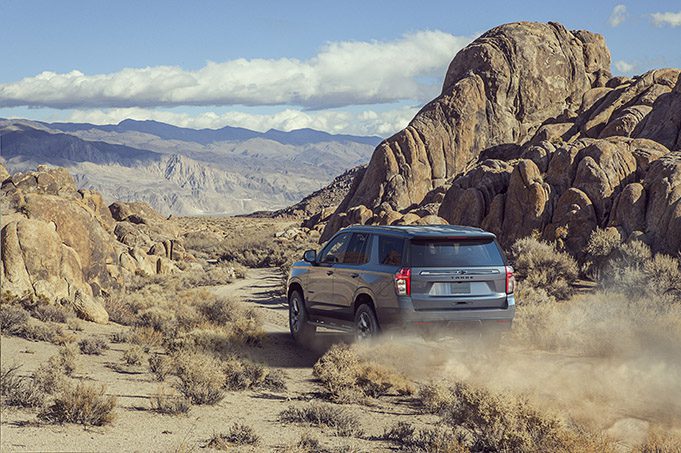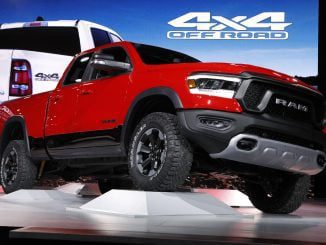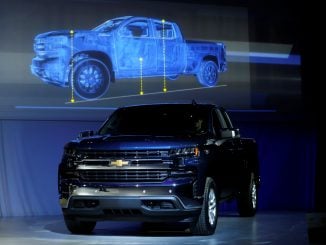SAN DIEGO — When I write car reviews, I don’t typically say very much about the engine and drivetrain unless there’s something particularly interesting or unique about that car’s engine or drivetrain.
This is because most car buyers don’t really care about things like 0-60 times or how many gears a transmission has. Those are features and statistics, and they’re an imperfect measurement of an automobile.
I’m a fan of the Good-Better-Best school of cars, and it looks a bit like a bell curve. There aren’t any genuinely terrible new cars sold today, so at worst, you’re getting something that’s Good. I’ll call that the bottom 20% of the market. Sometimes these cars have engines that really are too weak (Subaru CrossTrek, anyone?) and should probably be avoided, and I’ll mention that in my review.
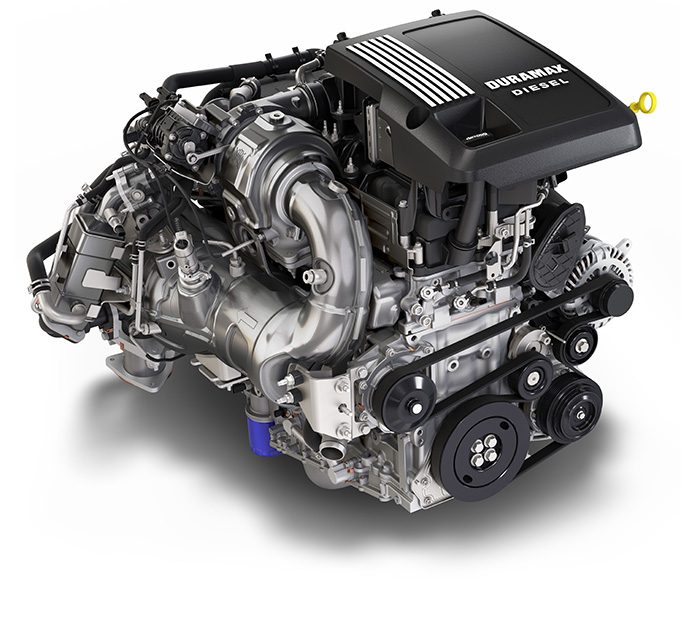
Then there’s the class of Better, or the middle 60%. When I review these cars, I’ll include a throwaway line about the engine or drivetrain as it’s not worth mentioning in depth. They get the job done, but there’s nothing to get excited about.
Then there’s that top 20% where the magic happens. Whether it’s the perfect majesty of a Rolls-Royce V12, the throaty bark of a Lamborghini V10, or even the brilliance of a Toyota Corolla Hybrid’s effortless 52 miles per gallon — these are engines worth discussing.
And so it is again with my test car this week: the 2021 Chevrolet Tahoe. I’ve already reviewed two of the Tahoe’s sister vehicles, the GMC Yukon and the Cadillac Escalade. I encourage you to read those reviews because the broad strokes are similar, especially between Yukon and the Tahoe. The Escalade is a bit… wilder.
But under the hood of my Tahoe is an engine that is so firmly lodged in the Better category that I can’t help but write hundreds of words about it. It’s the 3-liter six-cylinder “baby” Duramax turbodiesel that was in the works at GM for more than a decade.
It gives terrific fuel economy (for a giant truck, anyway) and fantastic torque in everyday driving. I find it far preferable to the extraordinarily thirsty 6.2-liter V8 that I had in the Yukon and the Escalade and heartily recommend it to anyone buying a GM full-size SUV or half-ton pickup. That’s even more impressive because the 6.2-liter V8 is already an upgrade over the smaller 5.3-liter V8 that comes standard in most Tahoe trims.
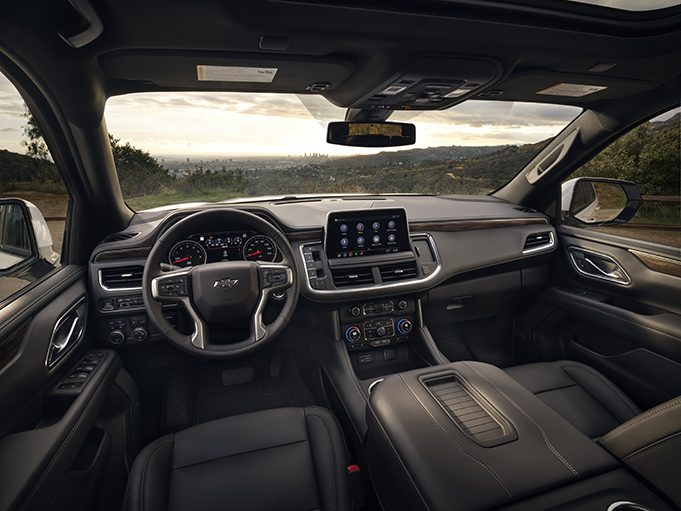 It sports 277 horsepower, which doesn’t sound like a lot, but horsepower is a poor quantifier of engine performance. Because it’s a diesel and because it has a turbocharger, the baby Duramax has gobs of torque with which to pull away from stoplights or accelerate on a hill, or when you’re trying to pass someone and you need to accelerate from 55 to 75 mph as quickly as possible.
It sports 277 horsepower, which doesn’t sound like a lot, but horsepower is a poor quantifier of engine performance. Because it’s a diesel and because it has a turbocharger, the baby Duramax has gobs of torque with which to pull away from stoplights or accelerate on a hill, or when you’re trying to pass someone and you need to accelerate from 55 to 75 mph as quickly as possible.
The Tahoe’s diesel engine excels in all these scenarios while delivering an EPA-estimated 21/28/24 city/highway/combined in the RWD trim that I drove. That’s a healthy improvement over the 14/19/16 on offer from the 6.2L 4WD Yukon. It’s worth noting that the 4WD diesel fares a little worse, getting 20/26/22 — but that’s still far better than the traditional gasoline engine.
It does all this, and it can even tow up to 8,200 pounds when properly equipped, but most people will never tow anything heavier than a small horse trailer or a boat with their full-size SUV. If you’re hauling that much weight on the regular, you’ve already opted for a heavy-duty pickup.
The irony of the Volkswagen dieselgate scandal is twofold. For one, everyone else was pulling the same testing shenanigans that Volkswagen was — it’s just that VW was the first to get caught. And second, those VW diesel engines were fantastic. They were torquey and excelled in everyday driving, pesky pollution aside.
 There’s a dirty secret to the horsepower numbers that most carmakers cite: they peak at very high RPMs that average drivers will never reach. But torquey turbocharged engines like this baby Duramax? It generates 95% of its 460 lb-ft of torque at just 1,250 RPM, and then peak torque runs all the way from 1,500 to 3,000 RPM. That means you’re in the prime torque band nearly continuously.
There’s a dirty secret to the horsepower numbers that most carmakers cite: they peak at very high RPMs that average drivers will never reach. But torquey turbocharged engines like this baby Duramax? It generates 95% of its 460 lb-ft of torque at just 1,250 RPM, and then peak torque runs all the way from 1,500 to 3,000 RPM. That means you’re in the prime torque band nearly continuously.
In plain English, that means it’s way better to drive. It’s more fun, it’s more efficient, and thanks to all manner of fancy technology, diesel engines aren’t weird and finicky anymore.
Yes, you should probably plug it in if you park it outside in frigid weather. But other than that one minor caveat, this diesel is nonpareil.
